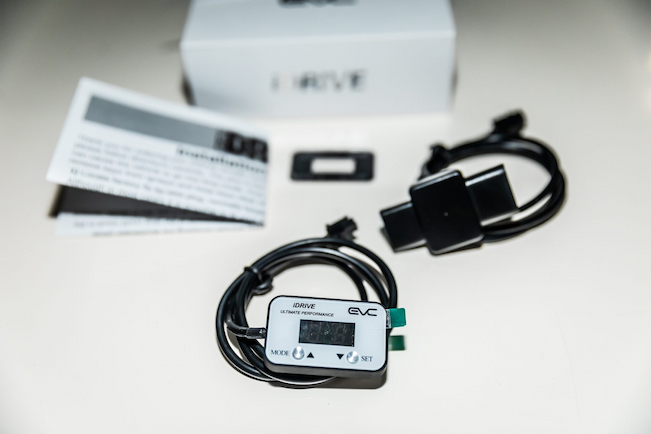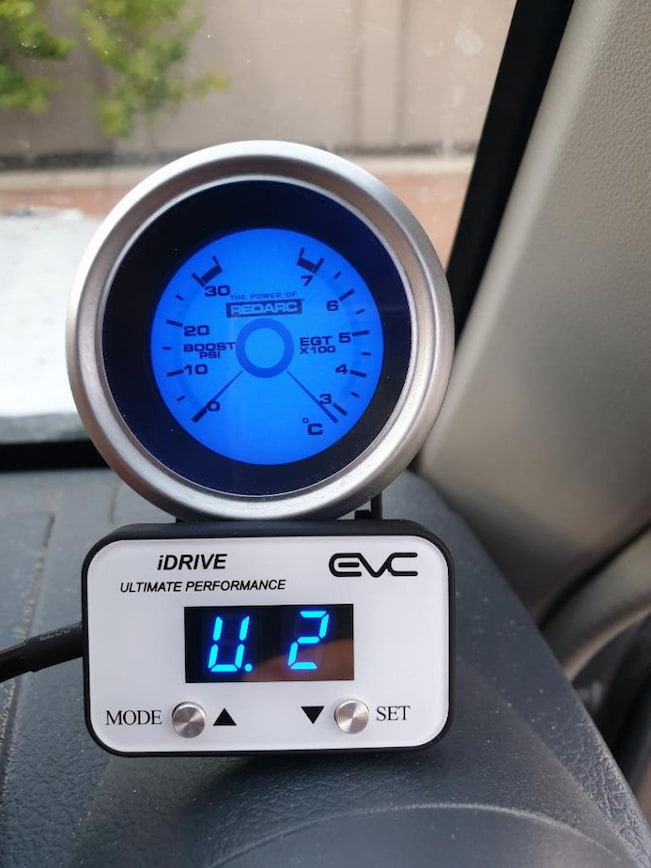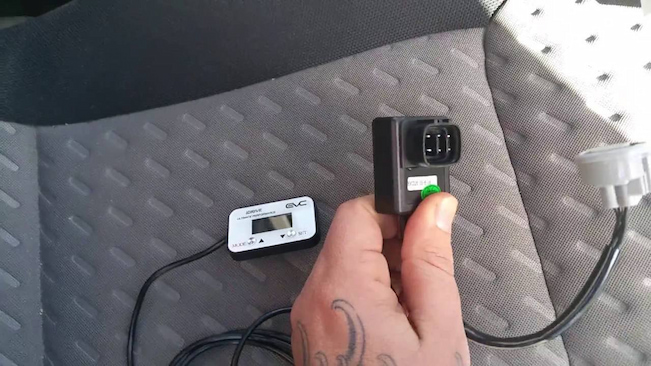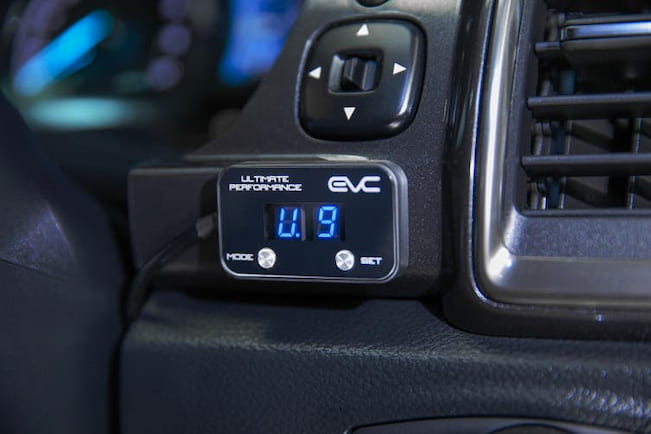Remember your first car? If it was from the by-gone era when car manufacturing was peaking in Australia, the late 80s and early 90s, it would have been mechanically sound. But with little or no electronics. Thankfully, cars as everything else have moved on, and electronic systems rule the roost. From fuel injection systems and on-board diagnostics to adjustable suspension and a slew of driver aids, electronics have upped both safety and performance in modern vehicles.

With wires and cabling on their way out, smaller more efficient electronic devices have shed the kilos in cars, while also making everything more responsive. One such system is Electronic Throttle Control. It basically replaces the mechanical wires from the acceleration pedal to the engine’s throttle body, or what makes the car get up and go. Electronic throttle controllers consist of Drive-by-Wire systems sending information to the throttle valve, that opens or closes as you put the pedal down. The whole system is controlled electronically through the control module that converts driver input into real-world performance. What you get is instant acceleration.
Electronic Throttle Controllers
Cutting down on the time lag between when you put your foot down, and when the car actually accelerates is what these systems are all about. Reducing throttle response times is why many people choose to use throttle controllers. They can be fitted to most modern cars with ECUs, or the small computers that take care of the various electronic systems in your car. They don’t add any horsepower, so they are perfectly legal, but somehow manage to make better use of the power on tap. Big, heavy, sluggish cars with bigger engines are where Electronic Throttle Controllers make the most sense. Cars like the Dodge Nitro, basic Commodores or Falcons, or large SUVs in need of some push.

Benefits of Electronic Throttle Control for the Dodge Nitro
A Dodge Nitro Electronic Throttle Control livens up the big SUV, intended for relaxed everyday driving. The Nitro was sold to Aussies in 2007 and you can find used models in good shape for relatively little cash. It makes for a good off-road car with 4WD underpinnings nicked straight from the Jeep Cherokee and is also a decent daily runabout. You won’t get the wow factor when it comes to picking up speed, say like in the Camaro or an HSV. But with an Electronic Throttle Controller, things change.
To put all the horses from the big 6-cylinder engines to work, a Dodge Nitro Electronic Throttle Control minimises the time it takes for the throttle to open up. This helps when you’re at the lights, pulling out of the driveway, or overtaking on highways. Sensors read the electrical signals to determine just how far down the acceleration pedal is pressed. Getting feedback instantly also means enhanced safety. You don’t get any jerkiness through the wheels, and can precisely and quickly adjust how you drive to suit the conditions on the road. Throttle controllers also help where too much throttle at the wrong time can lead to unwanted hazards. If you’re towing a trailer or driving off-road in low gear, a throttle controller will help send the right amount of power to wheels at the right time.
Electronic Throttle Control Modes

Just like modern drive modes in sportier cars, a throttle controller does wonders in big cars like the Dodge Nitro. Four modes are available – performance or ultimate mode, eco or economy, auto and neutral. Names differ across different brands but offer similar characteristics. What’s to like is that each mode can be adjusted to the level of throttle response you want. Most controllers have up to 10 settings in each mode, meaning there’s something to suit every driver.
Performance mode helps reduce throttle response times. You accelerate quicker. By adjusting the settings, this can be slightly faster with the controller set to 1, or when you need some nitro (think Fast and Furious movies), in the highest setting. You’re instantly stuck to your seat, no matter if you’re in something weighing over 2 tonnes. The downside here is you’ll probably have too much fun, and cop a speeding fine as a result.
Adjustments are easily changed during any speed, and regardless of the gear you’re in. You can also change between modes. Eco mode is the dull, careful cousin of the performance mode. It works in the opposite way, by delaying throttle. This can be good in various situations, like not digging in sand when driving on dunes or beaches. It can also save some fuel in big petrol-slurping American engines, like that in the Nitro.

If you want a set-and-forget option then switch the throttle controller into Auto mode. This means the device works for you and adjusts the acceleration as you do. It will gradually slow the car down, say when taking an exit, and pick up speed when merging onto a highway lane. Auto modes are like AI machines, they read how you drive and give the car the best input.
If you want to compare how each mode works then flip the Dodge Nitro Electronic Throttle Control into Neutral mode. This shuts the system off. It also means you can assess the differences when driving with or without the controller. If you’re lending the car to your teen kid, then switch to neutral or auto modes for safety.
Buying and Installation
Throttle controllers are cheap devices that help liven up older cars. They’re adjustable in incremental settings, and in modes to suit all driving conditions you come by. And they can save you some fuel, now that petrol’s on its way up. The device is small and easily fits along the dash, or where it’s more comfortable to change settings. Installation is a breeze and you can do it yourself with the provided instructions. Get your Dodge Nitro Electronic Throttle Control directly from the manufacturer or through retail shops Australia-wide.
























